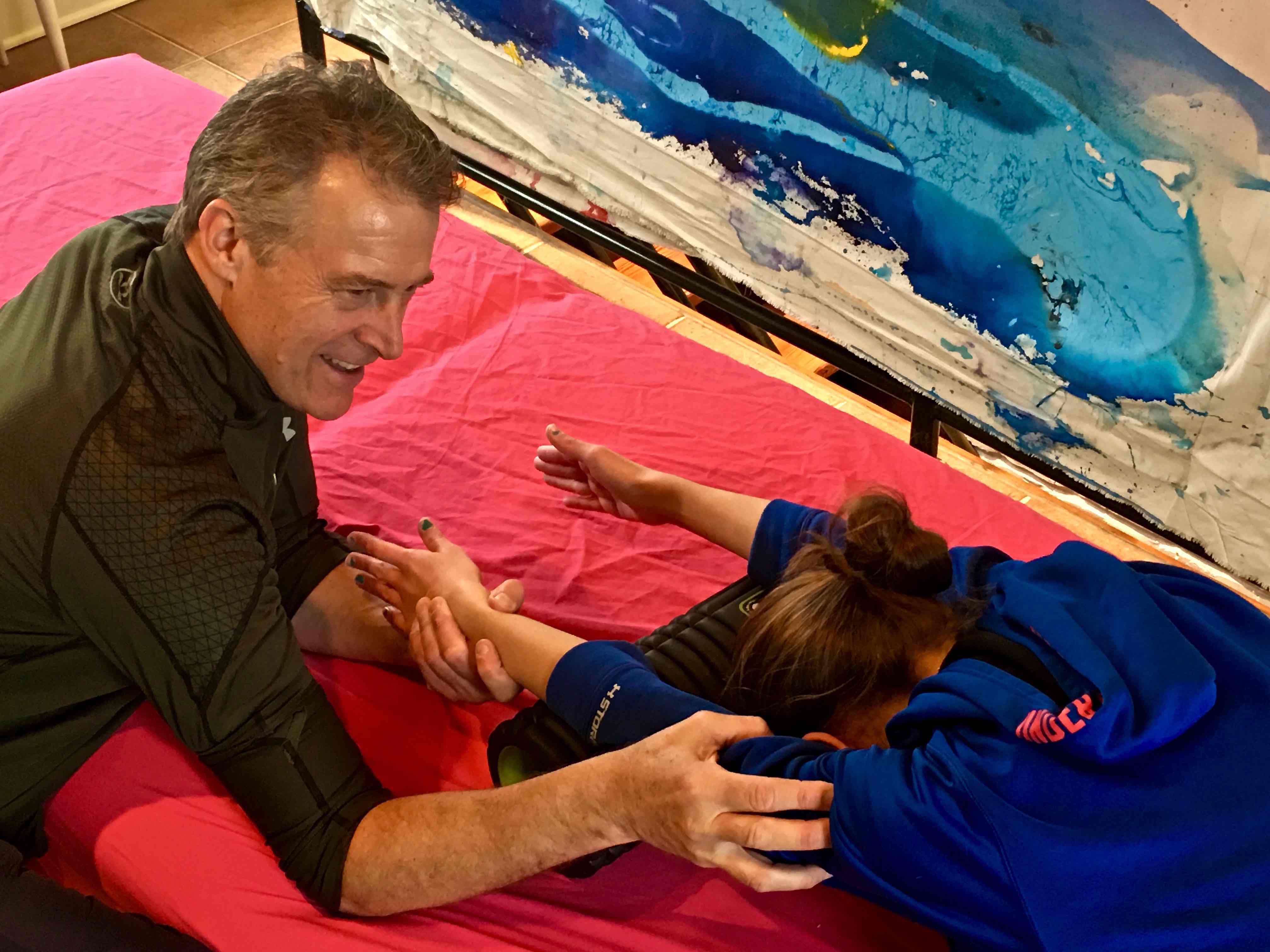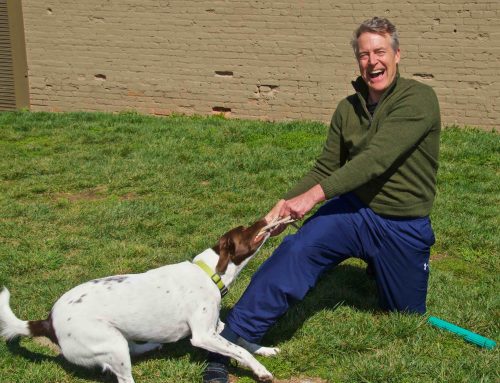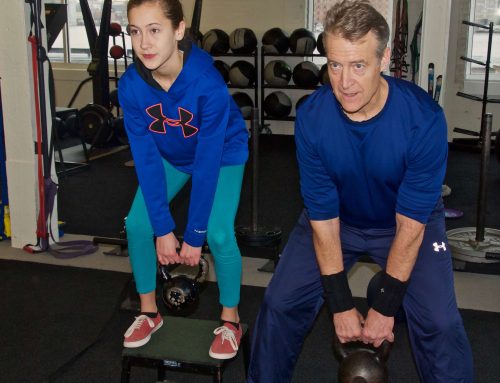
How does SAM (Strength And Mobility) Rolfing help your golfing?
The interesting fact is, SAM Rolfing is the perfect therapy and performance enhancement solution for golfers.
That’s because the golf stroke involves the entire body from head to toe, and SAM Rolfing is unique among bodywork therapies because it acknowledges that the entire body is a connected “web” of soft tissue, vascular systems, nerves, skeleton, and muscle, controlled in part by the brain.
Golfers come to my practice with unique injuries and performance enhancement needs.
The golf swing is a source of many injuries.
It can place severe movement stress on your spine. Other problems happen with wrists, shoulders, hips, knees, feet, neck, elbows, and ankles.
Much of this comes from improper swing mechanics, compounded by pre-existing body mechanics problems.
As any golfer knows, the swing is the ultimate factor in whether a golfer is successful or not.
When the swing is untrained and non-optimized, it harms the body.
Many golfers have chronic back pain, which is a generic problem experienced even by non-golfers.
Golfers can develop hip injuries, and as Rolfing research emphasizes, hips are a central pivot point for all of us.
If hips are out of alignment or otherwise not working properly, it affects the entire body.
People with hip problems might not feel the problems in their hips. Pain or tightness might manifest elsewhere, such as in the lower back or legs.
Golfing problems also include injuries or weakness in the knees. Knee pain is a common complaint I hear from golfers.
One obvious golf-related problem involves the rotator cuff. The shoulders and the musculoskeletal system that holds them in place and strengthens them are all affected by the golf swing.
Damage to rotator cuffs is unfortunately common in golfers.
I also see golfers with damaged wrists and hands. These body components are essential to the golf swing, and are easily harmed by improper technique.
In some cases, if a golf swing strikes the ground instead of being a clean swing that follows through the ball, a traumatic hand or wrist injury can occur.
Ditto for the elbows, which are also crucial to the golf swing. I see tendonitis and other elbow injuries as a common problem for golfers.
Golfers can take various actions to reduce golf injuries. These include:
- Having professional golfing instruction
- Engaging in an overall strength and endurance workout program
- Losing weight
- Doing yoga and Pilates
- Get SAM Rolfing
My SAM (Strength And Mobility) Rolfing techniques, combined with my use of scientific assessment and remediation modalities such as the Functional Movement Screen and Selective Functional Movement Assessment, are ideal for golfers.
My clients tell me my bodywork and remediation coaching reduces or eliminates pain, decreases injuries, and helps their golf swing have more power, balance, grace, control, and precision.
Clients also tell me horror stories about the way regular physicians and even physical therapists and bodyworkers deal with golf injuries.
I hear that doctors often quickly recommend strong painkillers, anti-inflammatories, steroids, or even surgery for golf problems that can be more safely mitigated with SAM Rolfing.
My goal is to make golfing not just painless and injury-free, but to help you become a better golfer who drives better, chips better, putts better, and has more accuracy in every stroke.
I want you to enjoy every moment out on the course, and I look forward to helping you enjoy golfing more.
Contact me now so you get the benefits of SAM Rolfing, FMS, and SFMA in your golfing season!



